自动驾驶发展没那么快,玩家无需
都说新能源汽车行业的上半场是电动化,下半场是智能化。在行业迈入下半场之际,“自动驾驶”成了讨论度非常高的一个话题。
4月2日,为期3天的中国电动汽车百人会论坛落下帷幕,俊风公司专家参加会议。在此次论坛上,众多行业大咖都发表了精彩的演讲,整体来看,目前行业对自动驾驶落地速度、发展方向的预期并未达成一致,依旧一半乐观一半悲观。
百度储瑞松:智能化还处于早期,消费者并没有那么看重
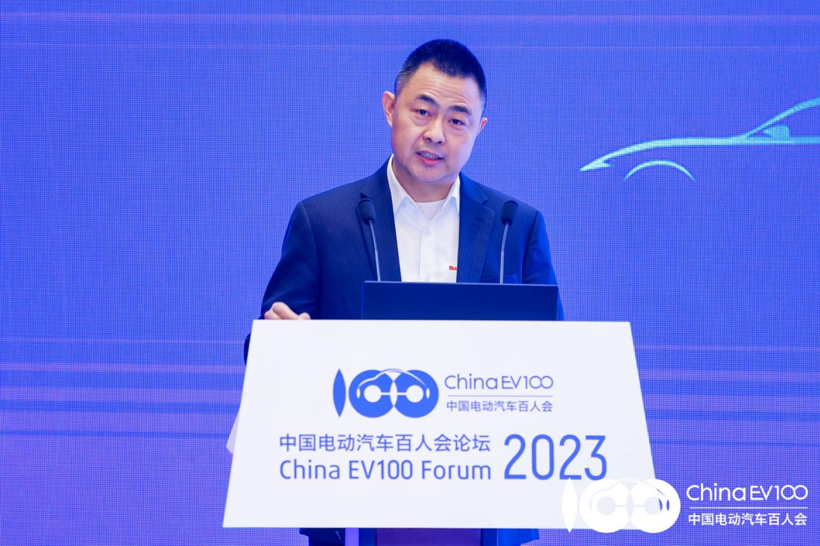 百度集团副总裁、智能汽车事业部总经理 储瑞松
百度集团副总裁、智能汽车事业部总经理 储瑞松
汽车产业的发展,智能化是确定的趋势。而过去一段时间,尽管国内在智能汽车的发展方面,已经取得了长足的进步,但储瑞松认为,和电动化比起来,汽车智能化的发展还在早期。“目前消费者在实际买车的时候,对于智能化还不是那么看重,相比价格、造型、操控性、续航、内饰等因素,智能化对购车决策的影响还不够突出。”
这背后,他认为原因是多方面的,其中一个很重要的原因是绝大部分车企还是在以多年来形成的以硬件为主的传统思路在造车和卖车,而没有充分认识到智能化要打动消费者,必须要带给消费者安全和有真实连续获得感的体验。
“一旦有车厂真正能做到,那在新能源转型中发生的 ——抓住了机遇的车企能快速崛起——就会在下一波智能化转型中重演,而没有准备好的车企的日子就会更难过。”储瑞松指出。
地平线余凯:十年以后L3级自动驾驶都不会真正实现
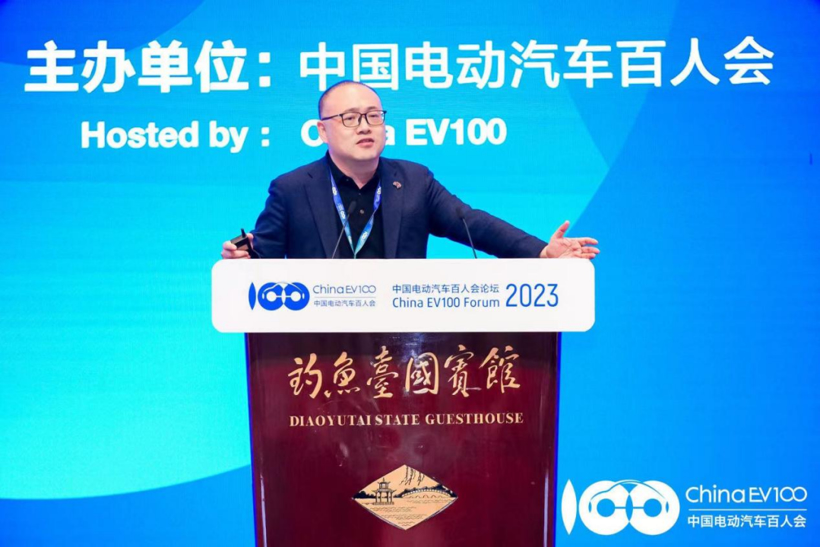 地平线创始人兼CEO余凯
地平线创始人兼CEO余凯
众所周知,去年是高速NOA的量产元年。而今年,伴随着小鹏汽车、阿维塔、北汽极狐等车企相继推出面向城市场景的NOA,与此同时长城毫末、理想汽车也已经蓄势待发,业界普遍认为城市NOA也将正式进入量产元年。
但地平线创始人兼CEO余凯显然有不同的看法。“我认为城市NOA还有一定的挑战,在研发上至少三年才会有一个比较好的进步。”余凯表示。
因此他建议,大家对于自动驾驶不要那么焦虑,因为行业发展没那么快。当下真正的产品目标,应该是把高速NOA、环线的NOA这种封闭道路的自动驾驶体验,在合理的性价比下做到如丝般的顺滑,同时积极投入资金、时间,把城区的NOA真正做到可用,实实在在地为用户创造价值。
更长远来看,余凯甚至认为十年以后连L3级自动驾驶都不会真正实现。换言之,自动驾驶的十年终局,仍将是L2+++ 。在此过程中,他认为人与车的关系将演变为类似人骑马的关系,即可以实现自动驾驶,人车也是配合的,但是真正出了问题,我觉得还是司机承担责任。
但他同时也指出,在车云协同的自动驾驶专用道路上面还是可以实现无人驾驶的。“但这有个前提,就是在这个环境里面不许有人驾驶,一定是要全部的车在专用道路上进行自动驾驶,我认为在这种条件下面是可以实现完全的自动驾驶。”
毫末智行顾维灏:城市导航辅助驾驶今年一定会上车
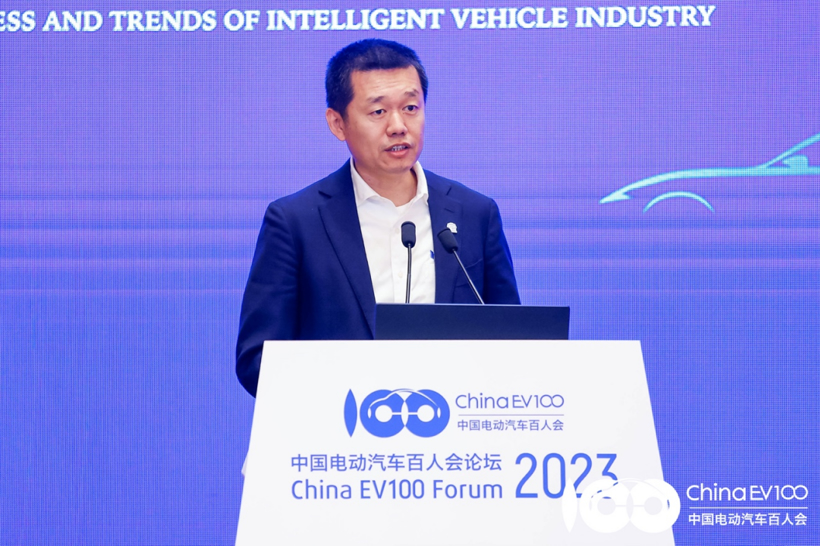
毫末智行科技有限公司联合创始人兼CEO顾维灏
与余凯观点不同,毫末智行科技有限公司联合创始人兼CEO顾维灏比较乐观,他认为2023年城市导航辅助驾驶将迎来量产上车潮,而车主的使用频率和满意度会成为产品竞争的重要标准。
另外,从行业技术趋势上看,顾维灏认为更深度融合的行泊一体解决方案也会出现,即把行车控制器和泊车控制器合二为一,今年一定会有新一代产品量产上市。
王平:L2级自动驾驶将会迅速普及且长期存在
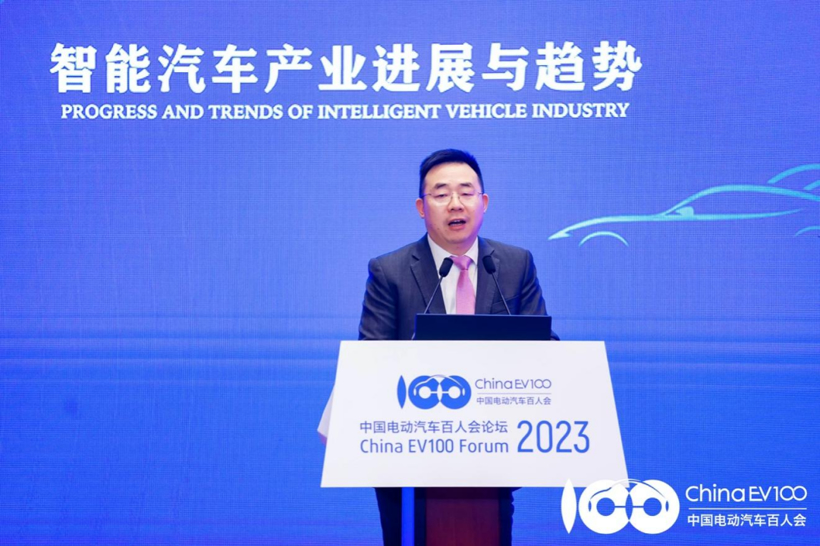
寒武纪行歌(南京)科技有限公司执行总裁王平
寒武纪行歌(南京)科技有限公司执行总裁王平也发表了对自动驾驶落地进度的看法,他认为,L2级别自动驾驶或者说辅助驾驶将会快速普及,并且长期存在,但L4到来的时间会比较久,可能仅仅会在一些受限的场景下陆续出现。
具体到企业层面,王平认为,随着自动驾驶的加速发展,需要处理的数据量呈指数级上升,对算力的需求也不断攀升。因此,算力会成为智能驾驶领域一个核心的竞争力和驱动点。针对这一趋势,寒武纪也规划了全系列的自动驾驶芯片布局,算力覆盖从10Tops到500Tops。
大疆车载沈劭劼:辅助驾驶系统价格应占整车成本3%-5%
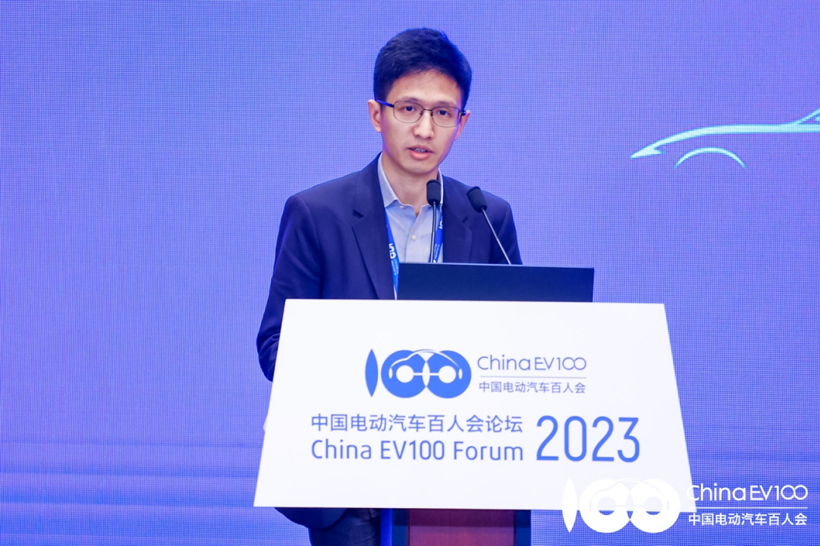 大疆车载负责人沈劭劼
大疆车载负责人沈劭劼
大疆车载负责人沈劭劼更多从成本角度分享了自己对辅助驾驶的看法。沈劭劼认为,一个L2+智能驾驶系统占整车的成本应该在3%-5%之间。
其中下边界设在3%,沈劭劼指出是因为如果系统太便宜,对软硬件架构的限制会比较大,功能也会受限。3%的比例既能保证可用性,也可以保证车企的利润。“我们努力一把,是可以把行泊一体系统和高分辨率传感器装上去的,也能够保证软件上有足够高的利润。”
上界设在5%而不是更高是因为,大疆车载认为,目前的科技水品并不足以达到L3或者更高阶的水平,在L2+的阶段,智能驾驶的系统更多是在一定程度上缓解驾驶疲劳。对于消费者来说,为了缓解疲劳的这个动作,到底愿意付出多少,这个就是自动驾驶系统的上界。
为此,在智驾系统的设计上,大疆车载制定了三大原则:硬件多场景复用,极限压榨硬件潜力,弱依赖、少假设以及产业深度合作。
一径科技石拓:激光雷达还需要更长时间上车适配,2025年是行业爆发拐点
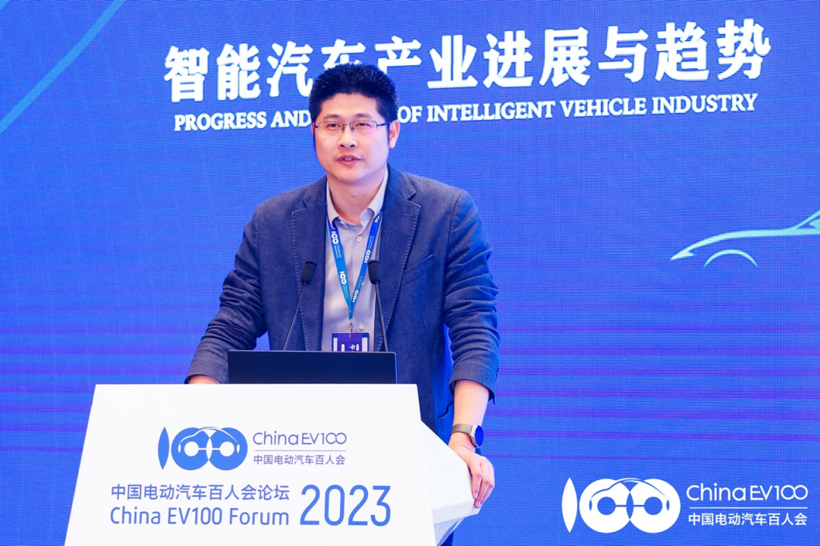 一径科技创始人兼CEO石拓
一径科技创始人兼CEO石拓
2022年是激光雷达上车元年,以蔚小理为代表的造车新势力,将激光雷达装到高端车型中,实现了大规模量产。
但是,激光雷达的春天真的到来了吗?也不尽然。一径科技创始人兼CEO石拓对激光雷达行业现状做了一些冷静的思考。
所谓量产,其实只是在高端车型量产。“因为目前激光雷达价格还比较高,贵一点在万元级别,低端一点的也在3000元左右,由此导致上车的时候大家都会考虑激光雷达究竟会带来什么样的体验提升,基于这样一些考虑,目前激光雷达主要还是应用于高配置的车型上。”石拓指出。
不仅如此,目前由于消费者很难将激光雷达性能参数与驾驶体验建立直接关联、激光雷达对安全的提升在短时间内无法获得大量数据支撑等原因,激光雷达的作用和优势还没有被消费者所普遍认知。
“因此,如何让更多的消费者感受激光雷达带来的驾驶体验,提升对激光雷达认知、认可,进而提升激光雷达的上车搭载量,是需要我们全行业共同思考的。”在石拓看来。
但这并不容易,由于激光雷达与驾驶安全强相关,而安全又是需要大规模的数据经年累月积累后才能体现出来,很难成为销量的代言人,因此会在一定程度上影响激光雷达的普及速度。
基于此,石拓认为,接下来激光雷达还是需要更长的时间进行上车适配,算法端、感知端做得更好,消费者才会买单,最终装机量才会提升。“我们觉得2025年将会是激光雷达最终迎来爆发的一个拐点。”石拓指出。
鲍君威:L2智能驾驶也需要激光雷达
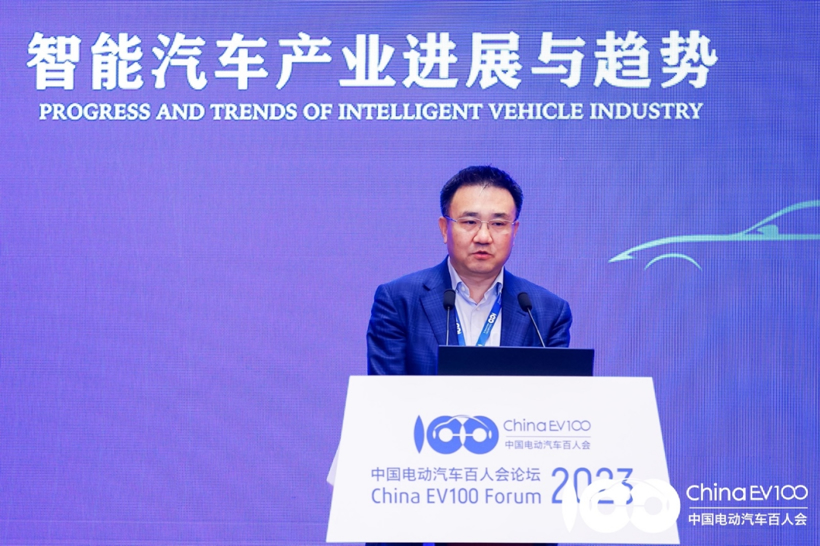 图达智能CEO鲍君威
图达智能CEO鲍君威
图达智能CEO鲍君威对激光雷达的判断则比较乐观。鲍君威认为,在这一代的智能驾驶浪潮中,激光雷达是高阶智能驾驶中不可或缺的传感器。
目前行业普遍认同的是,激光雷达是L3及以上自动驾驶中的必备传感器。但鲍君威认为,除L3外,高性能激光雷达在L2智能驾驶中也是非常重要的传感器。
“在L2系统中,责任虽然是驾驶员,但人有很强的依赖性,有错觉。系统做得越稳定,但是如果在很多长尾的效应如果解决不了,实际上是更危险的。”所以,鲍君威的观点是,对任何车辆来说,安全永远是标配,辅助驾驶安全不能因为责任是驾驶员就减配。
立得空间郭晟:L3以上自动驾驶必备高精地图
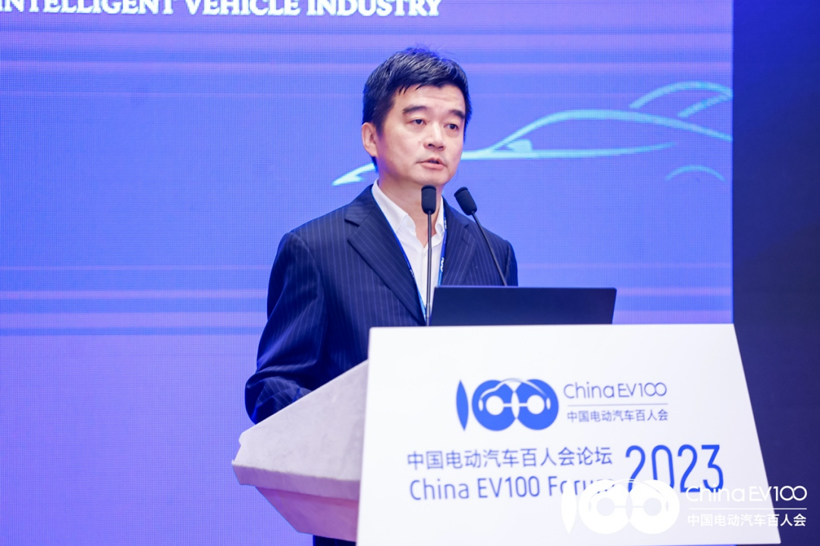 立得空间董事长兼总经理郭晟
立得空间董事长兼总经理郭晟
立得空间董事长兼总经理郭晟对高精地图的问题发表了自己的看法,他不同意一些玩家
提出的“重感知、轻地图”的观点,认为高精地图对L3以上的自动驾驶来说是必备。
“我们举个很简单的例子,在L3以内的自动驾驶可能不需要高精地图,但是L3以上的这个级别,比如北京700万台车要实现无人驾驶,不可能不用高精地图来实现多机的智能。”郭晟说。
在自动驾驶落地方面,郭晟认为,Robotaxi目前都搭载了比较高端的传感器,L4级的无人驾驶其实比较容易实现。但L3级的自动驾驶要在实现高阶自动驾驶的基础上考虑到成本问题,使用的摄像头、激光雷达、惯导这些传感器都比较低端,“落地遥遥无期”。不过如果用发展的眼光看,成本的问题在未来也有可能得到解决。
It is said that the first half of the new energy vehicle industry was electrification, and the second half was intelligence. As the industry enters the second half, 'autonomous driving' has become a highly discussed topic.
On April 2nd, the 3-day China Electric Vehicle Hundred People Conference forum came to an end. At this forum, many industry leaders have delivered wonderful speeches. Overall, the industry's expectations for the landing speed and development direction of autonomous driving have not reached consensus, with half optimistic and half pessimistic.
Baidu Churuisong: Intelligence is still in its early stages, and consumers do not value it as much
Chu Ruisong, Vice President of Baidu Group and General Manager of Intelligent Vehicle Business Unit, Vice President of Baidu Group and General Manager of Intelligent Vehicle Business Unit
Image source: China Electric Vehicle Hundred People Association Forum
The development of the automotive industry, intelligence is a definite trend. In the past period of time, although China has made significant progress in the development of smart cars, Chu Ruisong believes that compared to electrification, the development of intelligent cars is still in its early stages. At present, when consumers actually buy a car, they do not attach great importance to intelligence. Compared to factors such as price, design, handling, range, and interior, the impact of intelligence on car purchasing decisions is not prominent enough
Behind this, he believes that the reasons are multifaceted, and one important reason is that the vast majority of car companies are still building and selling cars based on the traditional approach of hardware that has been formed over the years, without fully realizing that in order to impress consumers with intelligence, it is necessary to provide them with a safe and realistic experience of continuous acquisition.
Once a car factory can truly achieve this, what happens in the new energy transformation - car companies that seize the opportunity can quickly rise - will be repeated in the next wave of intelligent transformation, and the days of unprepared car companies will be even more difficult, "Chu Ruisong pointed out.
Horizon Yu Kai: L3 level autonomous driving will not truly be achieved in ten years
Horizon Founder and CEO Yu Kai Image source: China Electric Vehicle Hundred People Association Forum Horizon Founder and CEO Yu Kai Image source: China Electric Vehicle Hundred People Association Forum
As is well known, last year was the first year of mass production of high-speed NOA. This year, along with car companies such as Xiaopeng Automobile, Avita, and BAIC Jihu successively launching NOA for urban scenarios, while Great Wall Nano and Ideal Automobile are also poised to launch. The industry generally believes that urban NOA will also officially enter its first year of mass production.
But Horizon founder and CEO Yu Kai clearly has a different perspective. I think there are still certain challenges for urban NOA, and it will take at least three years for there to be a good progress in research and development, "said Yu Kai.
Therefore, he suggested that everyone should not be so anxious about autonomous driving, as the industry is not developing so quickly. The real product goal at present should be to achieve a smooth and efficient autonomous driving experience on closed roads, such as high-speed NOA and loop NOA, with reasonable cost-effectiveness. At the same time, actively invest funds and time to make urban NOA truly usable and create value for users.
In the longer term, Yu Kai even believes that even L3 level autonomous driving will not be truly realized in ten years. In other words, the end of the decade for autonomous driving will still be L2++. During this process, he believes that the relationship between people and cars will evolve into a relationship similar to that of a person riding a horse, where autonomous driving can be achieved and people and cars can also cooperate. However, if something really goes wrong, I think the driver should take responsibility.
But he also pointed out that autonomous driving can still be achieved on dedicated roads with vehicle cloud collaboration. But there is a prerequisite here, which is that no one is allowed to drive in this environment, and all vehicles must be autonomous on dedicated roads. I believe that under these conditions, complete autonomous driving can be achieved
Mo Zhixing Gu Weihao: Urban navigation assisted driving will definitely be on board this year
Hundred People Forum Dry Goods: The development of autonomous driving is not so fast, players don't need to worry
Gu Weihao, co-founder and CEO of Mimo Zhixing Technology Co., Ltd. Image source: China Electric Vehicle Hundred People Association Forum
Different from Yu Kai's viewpoint, Gu Weihao, co-founder and CEO of Mimo Zhixing Technology Co., Ltd., is optimistic. He believes that in 2023, urban navigation assisted driving will usher in a wave of mass production and car use, and the frequency and satisfaction of car owners will become important standards for product competition.
In addition, from the perspective of industry technology trends, Gu Weihao believes that a more in-depth integration of parking and transportation solutions will also emerge, that is, integrating driving controllers and parking controllers into one. A new generation of products will definitely be mass-produced and launched this year.
Wang Ping: L2 level autonomous driving will quickly become popular and exist for a long time
Hundred People Forum Dry Goods: The development of autonomous driving is not so fast, players don't need to worry
Wang Ping, CEO of Hanwu Jixingge (Nanjing) Technology Co., Ltd. Image source: China Electric Vehicle Hundred People Association Forum
Wang Ping, CEO of Hanwu Jixingge (Nanjing) Technology Co., Ltd., also expressed his views on the progress of autonomous driving landing. He believes that L2 level autonomous driving or assisted driving will quickly become popular and exist for a long time, but the arrival of L4 will be relatively long and may only appear in some limited scenarios.
Specifically at the enterprise level, Wang Ping believes that with the accelerated development of autonomous driving, the amount of data to be processed is increasing exponentially, and the demand for computing power is also constantly increasing. Therefore, computing power will become a core competitiveness and driving point in the field of intelligent driving. In response to this trend, the Cambrian also planned a full range of autonomous driving chip layouts, with computing power covering from 10Tops to 500Tops.
Shen Shaojie from Dajiang Vehicle: The price of auxiliary driving system should account for 3% -5% of the total vehicle cost
Shen Shaojie, the person in charge of Dajiang Vehicle. Image source: China Electric Vehicle Association Forum. Shen Shaojie, the person in charge of Dajiang Vehicle. Image source: China Electric Vehicle Association Forum
Shen Shaojie, the person in charge of Dajiang Vehicle, shared his views on assisted driving from a cost perspective. Shen Shaojie believes that the cost of an L2+intelligent driving system should be between 3% -5% of the total vehicle cost.
The lower boundary is set at 3%, which Shen Shaojie pointed out is because if the system is too cheap, there will be significant limitations on the software and hardware architecture, and functionality will also be limited. A 3% ratio can ensure both availability and profits for car companies. We can work hard to install the integrated mooring system and high-resolution sensors, and also ensure that the software has sufficient profits
The upper limit is set at 5% instead of higher because, according to DJV, the current technology and water products are not sufficient to reach the level of L3 or higher. In the L2+stage, intelligent driving systems are more likely to alleviate driving fatigue to a certain extent. For consumers, the upper bound of auto drive system is how much they are willing to pay to alleviate fatigue.
For this reason, in the design of intelligent driving systems, DJV has formulated three major principles: hardware multi scenario reuse, extreme exploitation of hardware potential, weak dependence, few assumptions, and deep industrial cooperation.
Yijing Technology Shituo: Lidar still needs a longer time to adapt to the car, and 2025 is the turning point of the industry's outbreak
Shi Tuo, Founder and CEO of Yijing Technology Image source: China Electric Vehicle Hundred People Association Forum Yijing Technology Founder and CEO Shi Tuo Image source: China Electric Vehicle Hundred People Association Forum
2022 is the first year for the launch of LiDAR, and a new force in car manufacturing, represented by Weixiaoli, has installed LiDAR into high-end models and achieved large-scale mass production.
But has the spring of LiDAR really arrived? Not entirely. The founder and CEO of Yijing Technology, Shi Tuo, has made some calm reflections on the current situation of the laser radar industry.
The so-called mass production is actually just mass production of high-end models. Because the current price of LiDAR is relatively high, with prices ranging from around 10000 yuan to around 3000 yuan for low-end models. As a result, when getting on the car, everyone will consider what kind of experience improvement LiDAR will bring. Based on these considerations, LiDAR is currently mainly used in high configuration models. "Shi Tuo pointed out.
Moreover, due to the difficulty for consumers to establish a direct correlation between LiDAR performance parameters and driving experience, and the inability to obtain a large amount of data support for LiDAR's safety improvement in a short period of time, the role and advantages of LiDAR have not yet been widely recognized by consumers.
Therefore, how to make more consumers feel the driving experience brought by LiDAR, enhance their understanding and recognition of LiDAR, and thereby increase the carrying capacity of LiDAR on the vehicle, is something that needs to be considered by the entire industry.
But this is not easy, as LiDAR is strongly related to driving safety, and safety requires large-scale data accumulation over the years to be reflected, making it difficult to become a spokesperson for sales. Therefore, it will to some extent affect the popularity of LiDAR.
Based on this, Shi Tuo believes that in the future, it will take longer for the LiDAR to adapt to the vehicle, and the algorithm and perception ends will be better done so that consumers can pay and the final installed capacity will increase. We believe that 2025 will be a turning point for the eventual outbreak of LiDAR, "Shi Tuo pointed out.
Bao Junwei: L2 intelligent driving also requires LiDAR
Tuda Intelligent CEO Bao Junwei Image source: China Electric Vehicle Hundred People Association Forum Tuda Intelligent CEO Bao Junwei Image source: China Electric Vehicle Hundred People Association Forum
Tuda Intelligent CEO Bao Junwei's judgment on LiDAR is relatively optimistic. Bao Junwei believes that in the wave of intelligent driving in this generation, LiDAR is an indispensable sensor in high-order intelligent driving.
Currently, it is widely recognized in the industry that LiDAR is a necessary sensor for autonomous driving of L3 and above. But Bao Junwei believes that in addition to L3, high-performance LiDAR is also a very important sensor in L2 intelligent driving.
In the L2 system, although the responsibility lies with the driver, people have a strong dependence and illusion. The more stable the system is, the more dangerous it is if many long tail effects cannot be solved. Therefore, Bao Junwei's view is that safety is always standard for any vehicle, and auxiliary driving safety cannot be reduced just because the responsibility lies with the driver.
Lide Space Guo Sheng: L3 and above autonomous driving must have high-precision maps
Guo Sheng, Chairman and General Manager of LideSpace Image source: China Electric Vehicle Hundred People Association Forum LideSpace Chairman and General Manager Guo Sheng Image source: China Electric Vehicle Hundred People Association Forum
Guo Sheng, Chairman and General Manager of Lide Space, expressed his own views on the issue of high-precision maps. He disagrees with the view put forward by some players that "perception is more important than maps", believing that high-precision maps are essential for autonomous driving above L3.
Let's take a very simple example. Autonomous driving within L3 may not require high-precision maps, but for levels above L3, such as Beijing's 7 million vehicles that need to be autonomous, it is impossible to achieve multi machine intelligence without high-precision maps, "Guo Sheng said.
In terms of autonomous landing, Guo Sheng believes that Robotaxi is currently equipped with relatively high-end sensors, and L4 level autonomous driving is actually relatively easy to achieve. However, for L3 level autonomous driving, cost considerations should be taken into account while achieving higher-order autonomous driving. The sensors used, such as cameras, LiDAR, and inertial navigation, are relatively low-end and have a long way to go. However, from a development perspective, the issue of cost may also be resolved in the future.

